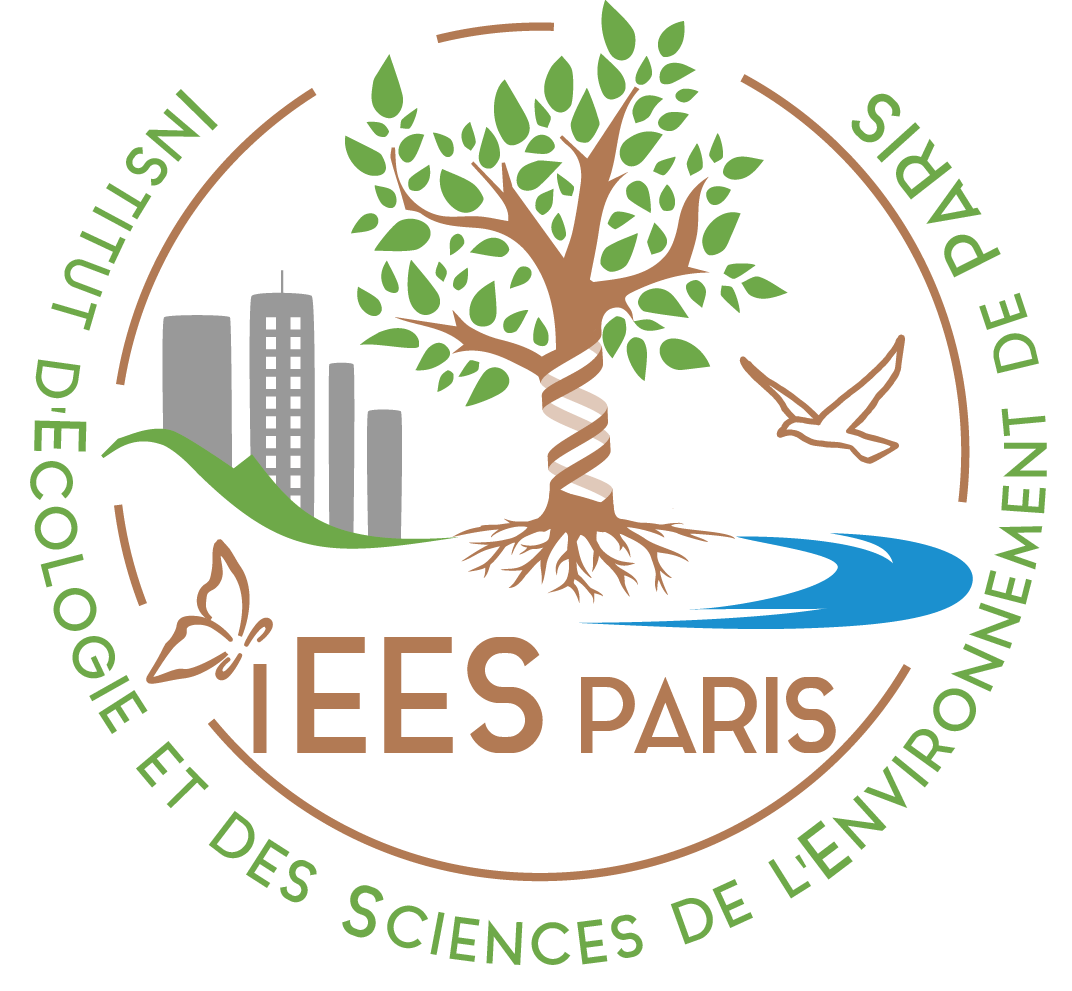Groundwater irrigation reduces overall poverty but increases socioeconomic vulnerability in a semiarid region of southern India
The development of irrigation is generally considered an efficient way to reduce poverty in rural areas, although its impact on the inequality between farmers is more debated. In fact, assessing the impact of water management on different categories of farmers requires resituating it within the different dimensions of the local socio-technical context. This study, led by Chloé Fischer, tested this hypothesis in a semiarid area in Karnataka, South India, where groundwater irrigation was introduced five decades ago. Using the conceptual framework of comparative agriculture, based on farmers’ interviews, the authors built a farm typology, traced the trajectories of farm types over the last decades, and assessed their current technical and economic performances. The results show that the differentiation of farm trajectories since the 1950s has been linked with the development of groundwater irrigation, interplaying with their initial assets, and the evolution of the national and local contexts. The authors highlight the mechanisms by which irrigation indeed reduces poverty but engenders fragilities, particularly for poor households, whose situation was aggravated by the depletion of water resources over the last two decades. Finally, this extensive understanding of the agrarian context allowed to formulate and assess the potential of different ways forward, including irrigation technology, change in cropping or livestock systems, land tenure, and value added distribution. As such, this analysis would be of major interest to policy makers involved in reforming the agricultural context for better agricultural water management.
This paper has been published open access in the journal Scientific Reports.

















